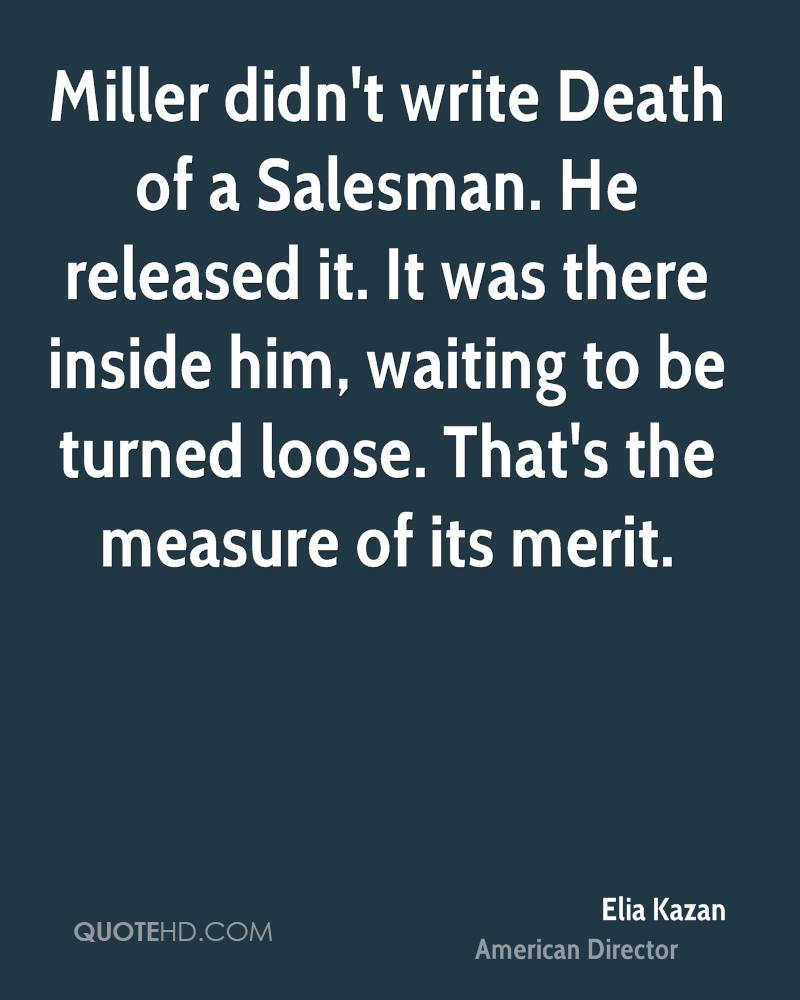

She had a pretty deep voice in the movie, and usually seemed to shout when she was talking. However, while watching the movie she seemed much louder and less sweet than I envisioned her. A lady that was very humble and usually kept quiet for the most part. While reading the book I pictured Linda as being this sweet old lady. Linda was not at all how I had imagined her to be. The major difference I noticed was the way I pictured Linda and the way she was portrayed in the movie.

There were small differences, and since they are just about word for word from one another, the differences were usually just differences in the way one interpreted the book and envisioned the characters. Book Death of a Salesman was both a great movie to watch and a great book to read.

Michael Bernard, Sarah Saviano, Paul Michael Sandberg, and Jenn Chandler all do outstanding work in distinguishing the vivid secondary characters without which Miller’s awesome vision would be incomplete.Justin Bardowski College Credit English DecemDeath of a Salesman Movie vs. Sergi Robles is fine as Bernard, the observant and decent son of Willy’s kindly, gruff neighbor Charley (John P. Alex Nee picks up on the subtleties in his portrayal of Hap, the shallow younger brother who sees no need to deviate from the salesman’s formula for life that has proved to be so deadly to his dad. Gigi Bermingham is splendid as Linda Loman, deftly slipping from the past of Willy’s memory into the desperate present of her own fears and back again as the winding path of Miller’s script leads her. As Biff, the former football star turned ranch hand and sometime jailbird, Trevor Peterson drives the plot forward with the force of his reluctant yet inexorable need to face the truth about his family and his life. Henry Woronicz plays Willy Loman with a noble directness that reveals the character’s deep compulsions. Death of a Salesman David BazemoreĪt the center of Death of a Salesman lies the unresolved conflict between a broken man and his damaged eldest son. Funderburg complements Joseph Hanreddy’s propulsive direction perfectly, and the fine cast comes together in a cascading fugue of contrapuntal voices to create the mystical “single chord” of Miller’s imagination. The question at the heart of the story - “What is the emotional catastrophe that haunts so many American men?” - has never been more urgent.

This powerful production of Arthur Miller’s enduring American tragedy could hardly come at a better time.


 0 kommentar(er)
0 kommentar(er)
